Moth vs Butterfly: How to Tell the Difference
Updated: Jan. 26, 2024
Many people think moths are the nighttime equivalent of butterflies, but it’s not quite that simple. Learn the differences between a moth vs a butterfly.
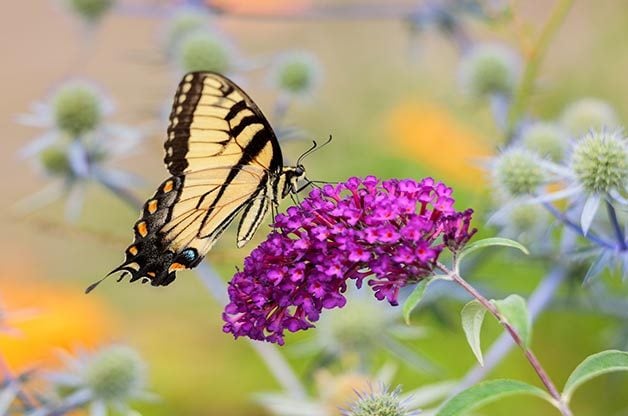
Many people think that moths are the nighttime equivalent of butterflies, but it’s not quite that simple. Learn the basic differences between a moth vs a butterfly so that you can positively say “moth!” or “butterfly!” when you spot one. Keep in mind, though, that most of these characteristics aren’t absolute—there are many exceptions to the rules.
One thing you can count on: Butterflies fly only during the day. But not all moths are strictly nighttime fliers. Hummingbird moths, which include several species of sphinx moths, eat nectar at flowers during the day. Others, including colorful buck moths and the Schinia species, are also seen when the sun shines.
Learn how to identify a hummingbird clearwing moth.
Physical Features: Moths vs Butterflies
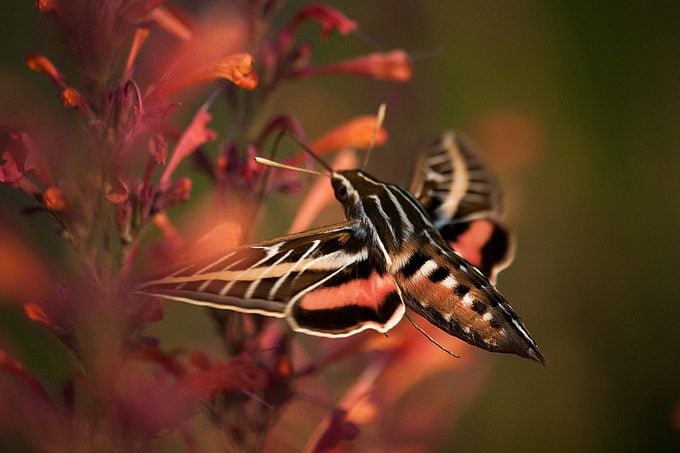
The best way to tell the difference between a moth vs a butterfly is to look at the antennae. All butterflies have long, thin antennae that end in a thickened tip. But no North American moths sport these “clubbed” antennae. Instead, they have shorter, feathery antennae—especially prominent on males—that are beautifully plumed and designed to catch wafting pheromones released by females. Female moths typically have simple, thin antennae, similar to a butterfly’s at first glance but with a tapered tip.
Notice the difference in posture, too. Butterflies usually hold their wings folded up over their bodies when they rest. They may open and close their wings when feeding on nectar or hold them flat out when basking in sunshine, but folded wings are most common. Nearly all moths rest with their wings flat or folded in a roof-like position over their bodies. Also, their bodies tend to be chubbier than those of butterflies.
Check out 6 pictures that will change the way you look at moths.
Moth Caterpillar vs Butterfly Caterpillar
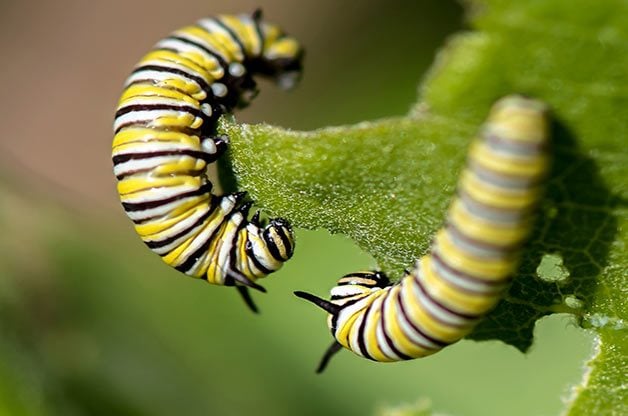
Even before these fliers make the transformation into winged adults, several clues can help you determine whether that crawling creature will become a butterfly or a moth. A fuzzy or hairy caterpillar ambling through your garden is a moth-to-be. Butterfly caterpillars aren’t fuzzy or hairy, but they may have spikes. However, if the caterpillar has smooth skin, it could be either. By the way, do you know where caterpillars come from?
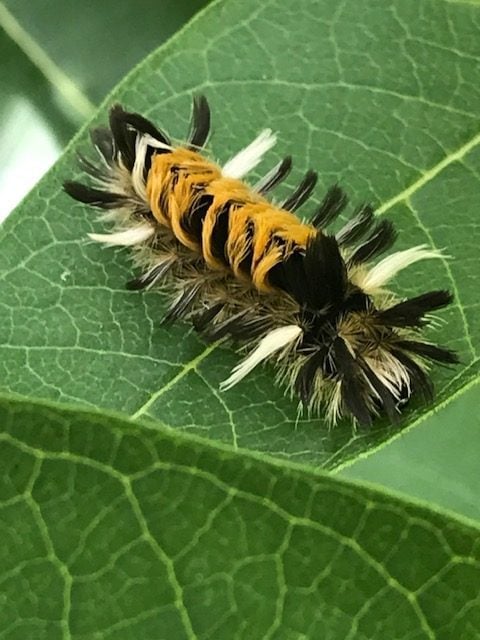
All butterfly caterpillars transform into a chrysalis, a stage when they have a hard, smooth covering that hangs from a patch of silk on a plant, twig or other support. On the other hand, moths have cocoons plastered with silk. If you’re digging in your garden and uncover a smooth brown cocoon, or pupa, in the soil, it’s going to be a moth. No butterfly spends that stage in the soil. Attract more butterfly caterpillars with these host plants.
How to Tell the Difference Between Moths and Butterflies
Identifying a moth vs a butterfly is a tricky yet delightful challenge. So head outside and test your newfound knowledge! (Use this cheat sheet and the tips below to help you!)
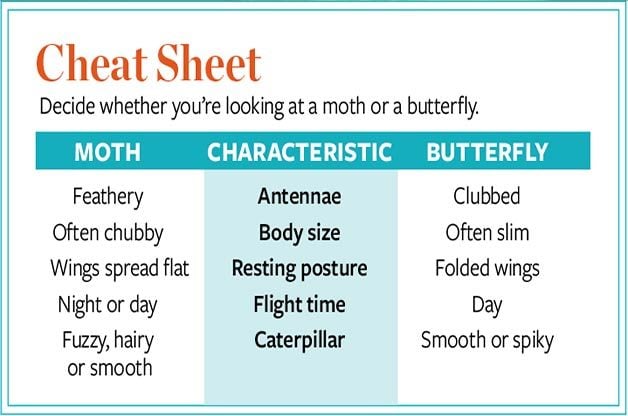
Moth
- Thick, furry body
- Thread-like or frond like antennae
- When resting, wings fold down over their body so the wing tops are visible
Butterfly
- Thin, smooth bodies
- Smooth antennae ending in a bulb or “club”
- When resting, wings fold over the body so under-sides are visible
Next, learn 6 key differences between bees and wasps.
